How to remove paint from clothes?

When making repairs in an apartment, painting a picture or dyeing hair, you may encounter such a problem as splashing paint on your clothes. In the end, this can even happen from accidental contact with a painted wall in the entrance or a bench on the street. In this case, the actual question arises - how to remove paint from clothes?

Paint got on clothes: what to do?
If paint gets on any thing, in the first place, do not panic. The main rule is that there are no impurities that cannot be purified.
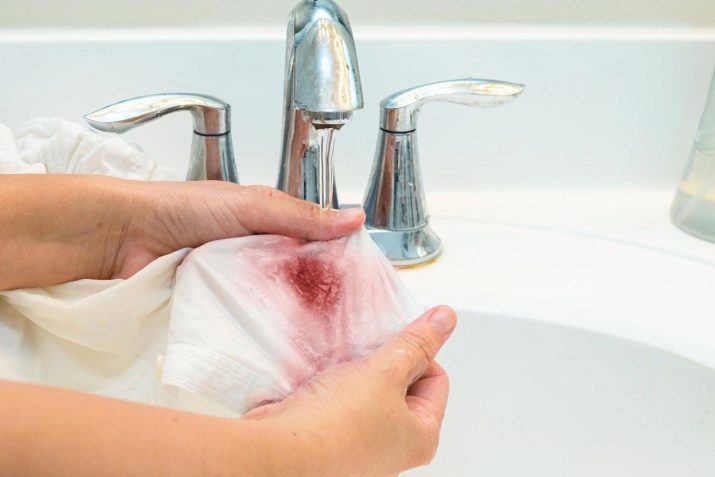
Another question is how complex the cleaning procedure will be. And it depends on the composition of the paint, on the material of the fabric. Of course, it is easier to remove fresh paint than paint that has already dried. But, nevertheless, in order not to spoil the thing, you cannot wipe off such contamination with everything that comes to hand. For this, there are special tools, both store and home, that will help to remove this or that paint from a certain type of fabric.

Reaction of different tissues
Each garment will react differently to the dye stain, and there should be a special approach to cleansing for different types of fabrics:
- In things out cotton the liquid is well absorbed, and the fabric itself dries quickly. If you need to clean a stain from a cotton T-shirt, then you need to prepare a gruel, which will include white clay and gasoline, this composition is used to lubricate the contaminated area and leave for two to three hours. Then the T-shirt is washed with the addition of a stain remover or bleach (for light-colored items).
- Synthetics will be burned out under aggressive solvents, therefore it is better to use ammonia with salt. First, the contaminated area is treated with ammonia, then the item is soaked in a basin, which already contains salt water.

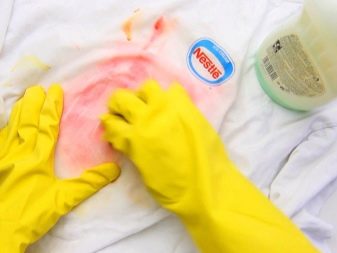
- Leather product (for example, a jacket) is easy to clean; to remove a stain of paint, just take a cloth soaked in sunflower oil. Fix the result with laundry soap. After the procedure, in order to eliminate greasy oil traces, it is recommended to wipe the cloth with a damp and then dry cloth.
- Delicate fabric (silk, nylon) it is quite difficult to remove the dye, aggressive methods of exposure (caustic solutions) can ruin your favorite thing. The method with warm ammonia is suitable here. You need to moisten a cotton swab in it and gently rub the affected area. After that, the thing must be washed and rinsed in water with added salt.
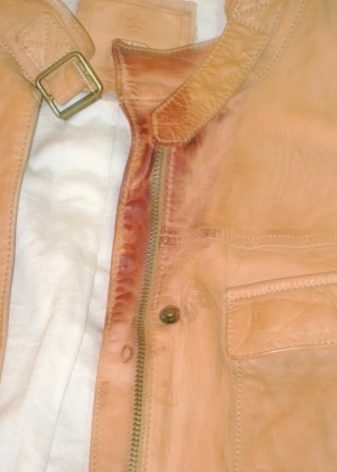

- WoolLike cotton, it quickly absorbs liquids; the paint from this material is wiped off with crushed laundry soap and heated alcohol. This prepared composition should be applied to the affected area, such as a sweater, and gently wiped off with a dry cloth.
- If a stain of paint appears on things from polyester, you can fix it without damaging your clothes. Polyester in its appearance resembles cotton fabric, but it is more durable due to the synthetic component, and easily tolerates mechanical stress. It is advisable in this case to use washing powder with butter. The thing is first soaked, the resulting mixture is applied to the contaminated area, then the clothes are washed in a machine or by hand.
- To clear the paint jeans and do not damage the structure of the fabric, you should use gasoline or turpentine. If this method does not give results, then you need to purchase a special stain remover with an oxygen content.
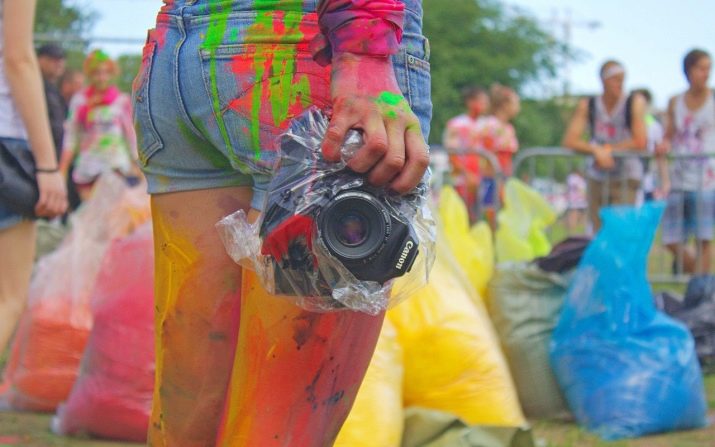
It is best to act as quickly as possible before the stain is dry, otherwise there is a risk of not getting rid of the old stain or ruining the thing with an incorrectly selected solution.
How to wipe off the dyes at home?
To remove paint from clothes or shoes, you need to pay attention not only to the structure of the material, but also to the color. Stains on a white shirt will appear differently than stains on black trousers. In addition, the type of paint is also important. In order not to spoil your favorite jacket or correctly remove the dye from expensive trousers, it is worth considering what kind of paint is to be wiped off.

Watercolor
Usually a stain from this paint appears on children's things, because little artists use this dye to paint. It will not be difficult to wash such a thing; it is enough just to wash the clothes in the machine or by hand with the addition of washing powder.
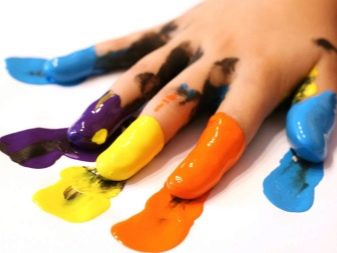

Before washing, you can apply on the stain (if it is large) with a special agent, for example, "Vanish", which has proven to be an effective stain remover. The honey paint for painting is removed in the same way.

Oil
The most insidious type of dyes, because they are extremely difficult to remove from clothes. But there are several ways from which you can choose the appropriate one.


But it is worth remembering that before starting cleaning, you need to wipe off the paint with a knife or brush and apply fat (sunflower oil or petroleum jelly) to the stain.
This is necessary for softening, only then the stain is directly removed:
- You can clean the item with a mixture of washing powder and regular butter. The prepared composition is applied with a cotton pad to the contaminated area of the fabric, left for fifteen minutes, then washed off.
- Gasoline effectively removes oil dye, but it must be clean (it will not work from the tank of a car, but it will work from a lighter). You need to thoroughly rub the affected area with a cotton swab dipped in gasoline.
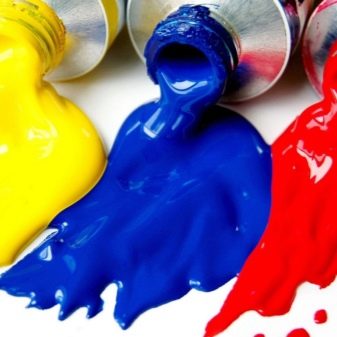
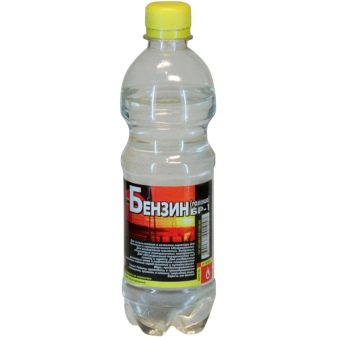
- Another proven method is dishwashing liquid. It is added to warm water, and then the resulting solution is applied to the spots. You don't need to rub anything right away; in this form, the thing is left for two to three hours so that the liquid is well absorbed. After the expiration of the time, the stain is cleaned with a brush and rinsed with water.
- You can use acetone, which is found in many nail polish removers. It is applied to the paint (a couple of drops are enough) and removes it in fifteen minutes. But this method is not suitable for acetate fabric (for example, artificial silk), and traces of acetone can form on colored things.
- If a stain of oil paint gets on white cotton clothes, then a product is suitable, for the preparation of which you will need crushed soap and soda in the amount of one spoon. This mixture is boiled in a liter of water, into which the soiled item is dipped for literally a few seconds. The clothes are then washed in the usual way.


Gouache
Gouache, like watercolor paint, is made on a water basis, so you can clean your clothes from gouache by washing with the addition of Vanish. There are other methods as well:
- Sometimes ordinary laundry soap can help, you should soak the thing in warm water, rub the area of contamination with soap, then rinse your clothes for a while.
- You can use dishwashing detergent. To do this, you need to foam the liquid, apply it to the stains, wait about half an hour for the product to be well absorbed, then wash the thing in the machine or by hand.
- If the stain is not old, then it will be cleaned with toothpaste, which is applied to the place of pollution. The result will be noticeable in a few minutes. Usually this method is used when nothing else is at hand.


- The paint is also cleaned with soda, which is in every home. It is necessary to wet the areas of contamination, then sprinkle soda on them, wait a while, rinse. This method is only suitable for light-colored items.
- Ammonia and glycerin can also remove gouache stains. They are used both individually and together (by mixing).
- The presence of mustard powder in the house will be a plus for those whose clothes have suffered from gouache paint. It is necessary to add it to the water until a gruel forms and apply the resulting product to the stain. It is recommended to wait for a while, while moistening the mustard, otherwise it will dry out.
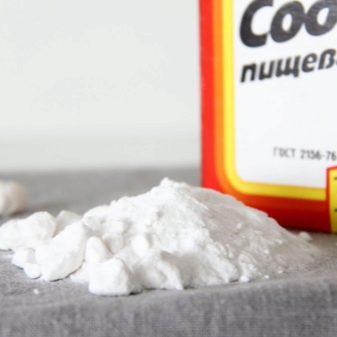

Water-based
This paint is water-based, so if the stain is fresh, it can be removed with plain water and laundry soap or Vanish powder. If the stain persists when washing in cold water, you can try washing your clothes in hot water.
Another way is to clean the enamel with alcohol. You need to wet a piece of cloth with it and rub the affected area, the paint should come off.
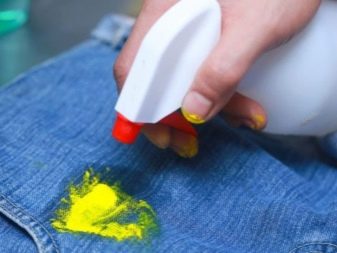
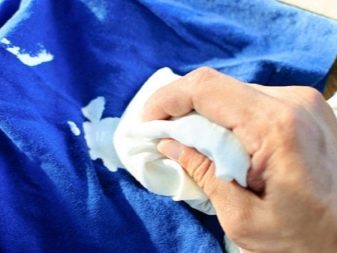
Acrylic
To remove a stain of acrylic paint from clothes, you can hold the item under a stream of cold water (the pressure must be strong), and then wash it with regular powder or laundry soap. Other methods:
- If the previous method did not give any results, then it is advisable to prepare a special solution that will help to cope with the problem. Ammonia is mixed with vinegar and salt in a ratio of 2: 2: 1. The solution is applied to the contaminated area, wiped off with a regular toothbrush, then the thing is washed in a machine or by hand.
- It will be much more difficult to wipe off a dried stain, for this you will need heavy artillery in the form of a special solvent and bleach (for light fabrics), and a stain remover (for colored fabrics).
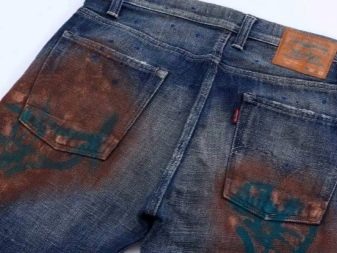
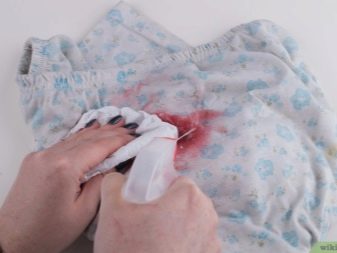
After the thing has been cleaned of traces of paint, you cannot immediately put it on.
You need to immerse your clothes in warm water, separately from other things, rinse them thoroughly, then dry them in the fresh air. This procedure is necessary in order to get rid of the acrid odors of the purifier.You cannot use perfume in this situation, they will not eliminate the smell of acetone or gasoline, but will only mask it for a short time. To keep the garment fresh and clean, it is best to stick to a rinse and dry pattern on the balcony for two days.
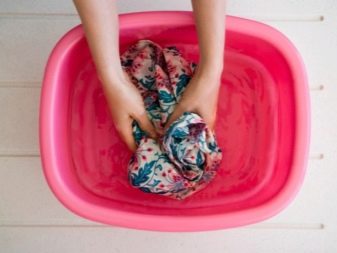

Useful Tips
In order for paint stains to be effectively removed without deterioration of your favorite thing, it is important to know basic rules to help avoid aggravating the situation:
- Before you start cleaning a thing, you need to determine its material and type of paint. Because, for example, oil paint and watercolors have different cleaning methods.
- It is much more difficult to remove old dried paint than fresh, so it is not recommended to wait until the dye is firmly absorbed into the fabric, but to start cleaning as soon as possible after contamination.
- You cannot start removing the dye on the front side of the garment, it must be turned inside out, otherwise there is a great risk of discoloration of a bright thing. So that the cleanser does not corrode the front side of the garment through the wrong side, you need to put some kind of thing under it to "absorb". This can be a towel or a regular paper napkin.
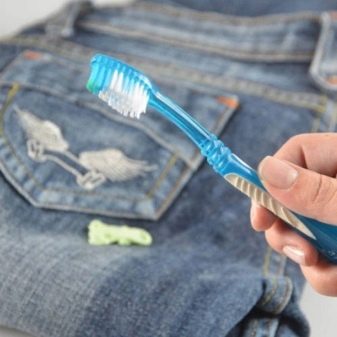
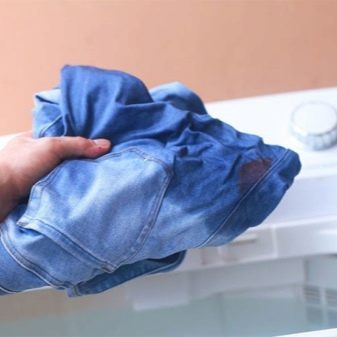
- The previous rule also applies to clothing with multiple layers, such as lined skirts. In this case, between the layers, before cleaning, you need to put a piece of dry cloth or polyethylene film. Thus, the solution will not spread, but will be absorbed into the underlying material.
- First, you need to process the spots from the edges, moving to the middle.
- If you are unsure about choosing the right product for a particular fabric, you should not immediately generously water it with a thing. It is better to choose a small tissue area and drip a little of the product on it to see if there is a negative reaction of the material. If not, then you can safely start processing.
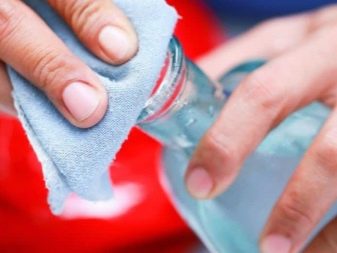

- On thick and coarse fabrics, the stain is much easier to clean than on fine fabrics. That is, getting rid of the paint on jeans will be easier than removing it from a silk blouse.
- There is a rule that applies to the area of pollution. The smaller it is, the easier it will be to clean it.
- You need to wipe the stain with a special tool using a cotton pad or light-colored pieces of cloth (dark ones can start to fade from the solution), so it's best to prepare everything in advance. During cleaning, you need to periodically change the cotton pads.
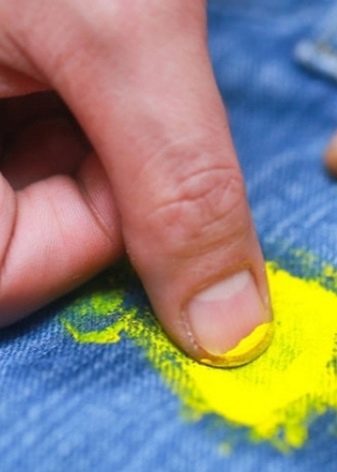
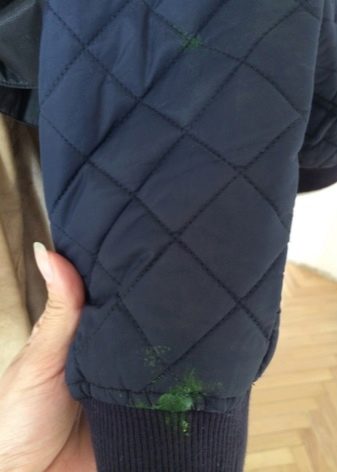
- Before you start removing stains, you need to spread the product on a surface that is not painted, otherwise there is a risk of damaging the top layer, for example, of a table or parquet.
- Oil-based paints are the most difficult to remove, so in this case you will have to make every effort.
- In addition to choosing a surface, it is important to take care of the location. When removing stains with gasoline or acetone, you should make sure that the window in the room is open (you can also go out into the fresh air, for example, on the balcony). These substances are flammable, so you should secure your apartment. At the same time, fresh air entering through an open window will eliminate the risk of poisoning (due to harmful vapors of some solvents). In this case, it is imperative to wear rubber gloves on your hands.

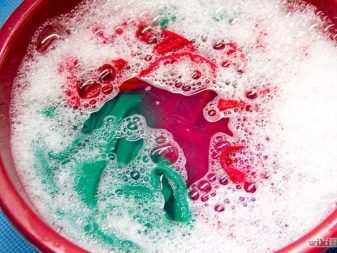
- Parents often remove stains from children's clothes, because children like to paint with gouache or watercolors, and rarely do it without getting dirty with them. But there is a significant plus here. Usually, all of these paint for painting dissolve in water, so they can be easily cleaned.
- Girls sometimes have to deal with the problem of hair dye getting on their clothes. Several ways can help here. One of them is undiluted vinegar, which needs to be rubbed over the dirt, and the thing is then washed (you can add vinegar in the amount of one glass when machine washed). If the clothes are not colored, then hydrogen peroxide (preheated) with ammonia will come to the rescue.It all depends on the quality of the hair dye, sometimes you can wipe the stain with ordinary laundry soap, and sometimes you need a few drops of glycerin or even gasoline.
- If you are not confident in your abilities, you can always turn to a professional dry cleaner for help, where specialists will help you remove complex stains of paint from your favorite clothes.

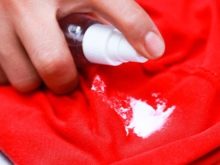

So with these tips and tricks, you can easily remove paint stains from any type of material. But it will be better not to get into situations at all, after which you have to clean your clothes from the dye. Be careful while painting and renovating, and don't lean against painted walls or sit on painted park benches.
For more information on how to remove paint stains, see the next video.








